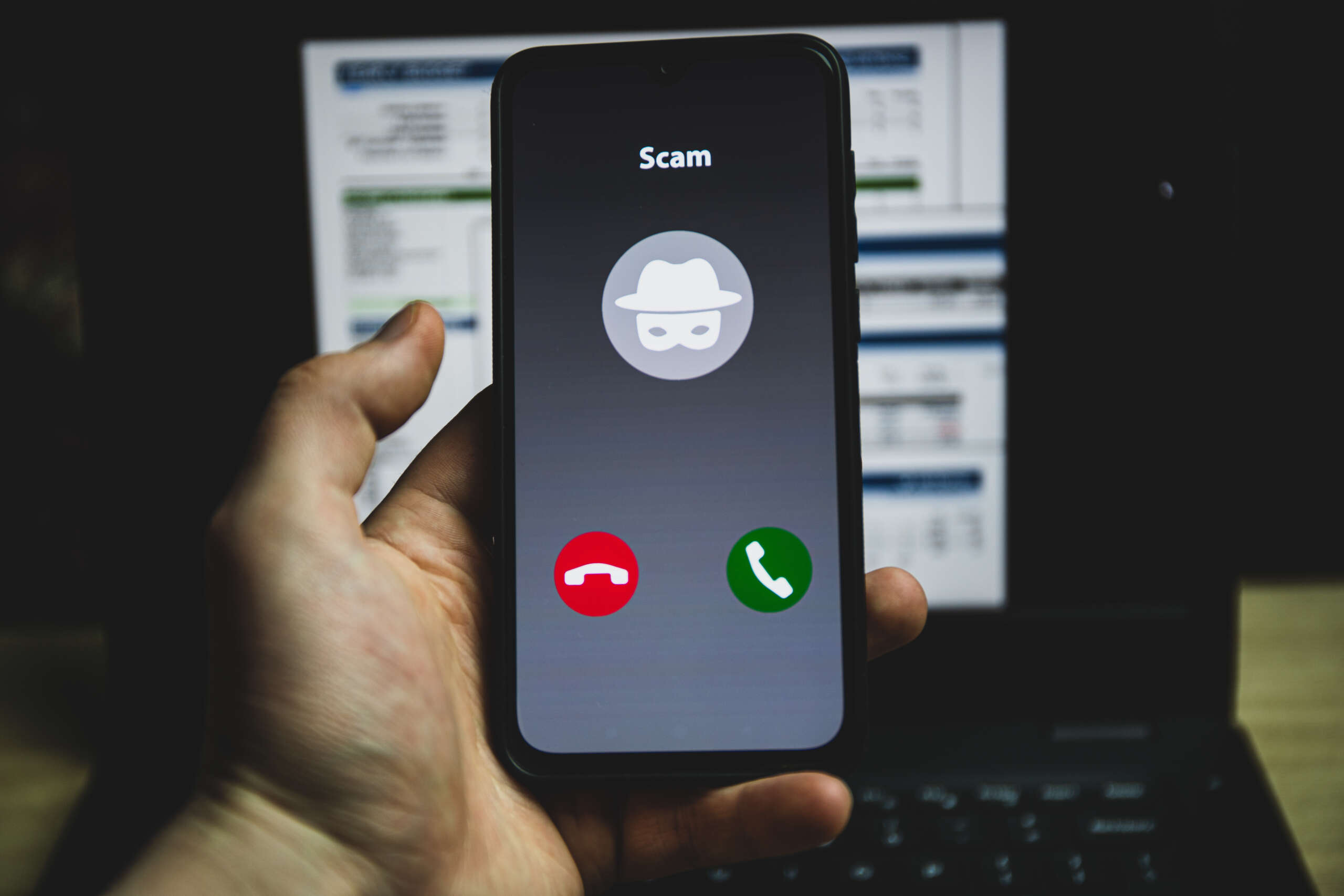Share This Article
Sarah’s heart sank when she saw the message from her cousin’s Facebook account. “I’m stranded overseas and need $2,000 for emergency medical bills,” it read. The profile looked identical to her cousin’s, complete with family photos and the writing style she knew so well. Sarah almost sent the money until she decided to call her cousin directly. That’s when she discovered her cousin was at home, and her social media account had been cloned by scammers.
This scenario plays out thousands of times daily across social media platforms. According to the Federal Trade Commission, consumers have reported losing $2.7 billion to social media scams since 2021, and impersonation schemes represent a significant portion of these losses.
How Social Media Impersonation Works
Social media impersonation refers to the act of creating fake accounts or posing as someone else on social media platforms with the intention to deceive or defraud others. Scammers don’t just target celebrities anymore. They’re systematically copying ordinary people’s profiles to trick their friends and family members.
The process is devastatingly simple. Scammers harvest photos, personal details, and relationship information from public profiles. They create duplicate accounts that mirror the original, often changing just one letter in the username or using variations like adding numbers. The FBI estimates online impersonation attacks have cost victims over $5.3 billion, making this one of the most financially damaging forms of social media fraud.
Warning Signs That Account Isn’t Really Your Friend:
- Profile created recently despite the person being a longtime social media user
- Limited posting history or gaps in activity
- Messages requesting money, gift cards, or personal information
- Unusual spelling errors or language patterns different from how you know them to communicate
- Reluctance to video chat or talk on the phone

The Anatomy of a Friend Impersonation Scam
These scams typically unfold in predictable patterns. First, the fake account sends friend requests to people on the original person’s friend list, claiming their “old account was hacked” or they’re “starting fresh.” Once accepted, the scammer waits days or weeks before striking, building perceived authenticity through likes and casual comments.
When they do make contact, it’s often with urgent scenarios: medical emergencies, legal troubles, or travel mishaps. They’ll ask for wire transfers, gift cards, or cryptocurrency payments because these methods are difficult to trace or reverse. According to the FTC, people lost more money through bank transfers than any other payment method—totaling $2 billion in losses in 2024 alone.
Celebrity Impersonation: The Billion-Dollar Con
While friend impersonation targets your trust in personal relationships, celebrity impersonation preys on admiration and the desire for special connection. Keanu Reeves just may be the most impersonated celebrity on the internet, with scammers creating thousands of fake accounts using his name and likeness.
These schemes often promise exclusive opportunities: meet-and-greets, investment tips, or even romantic relationships. One elderly victim in the UK lost £50,000 and was left in financial ruin after falling for a celebrity impersonation scam, highlighting how these cons can devastate people’s financial security.
Red Flags for Celebrity Impersonation:
- Unverified accounts (lack of blue checkmarks)
- Generic profile descriptions
- Requests for money, personal information, or cryptocurrency investments
- Claims of exclusive opportunities or special relationships
Your Action Plan: Protect Yourself and Others
Immediate Steps When You Suspect Impersonation:
Contact the real person through a different communication method (phone call, text, or in-person) before responding to any requests. This simple verification step prevents most successful impersonation scams.
Report suspicious accounts immediately to the platform where you found them. Facebook, Instagram, and other platforms have dedicated reporting systems for fake profiles.
Warn your network. If someone’s impersonating you or a mutual contact, notify friends and family through other channels. This community awareness can stop scammers from successfully targeting multiple victims.
Strengthen Your Own Defenses:
Review your privacy settings quarterly. Limit who can see your friend lists, photos, and personal information. Many people unknowingly share the exact details scammers need to create convincing fake profiles.
Enable two-factor authentication on all social media accounts. This security measure makes it much harder for scammers to hijack your existing accounts and use them for impersonation.
Be selective about friend requests. If someone claims to know you but you can’t verify the connection, don’t accept the request. When in doubt, ask mutual friends about the person’s authenticity.
Taking Back Control
If you discover someone’s impersonating you, document everything. Take screenshots of the fake profile and any messages they’ve sent. This evidence helps when reporting to platforms and law enforcement.
Consider using Google Alerts with your name to monitor when your identity appears online. This early warning system can help you catch impersonation attempts quickly.
Report the incident to the FTC at ReportFraud.ftc.gov. Your report helps authorities track scammer patterns and potentially prevents others from becoming victims.
The good news is that you have more power than you might think. By staying vigilant, verifying unusual requests, and maintaining strong privacy settings, you can significantly reduce your risk of falling victim to these scams. Remember: real friends understand when you want to double-check their identity, and legitimate celebrities don’t slide into your DMs asking for cryptocurrency investments.
Social media impersonation thrives on our natural trust in familiar faces and names. But with awareness and proactive protection measures, you can maintain those valuable online connections while keeping scammers at bay. Your skepticism isn’t paranoia; it’s protection.



